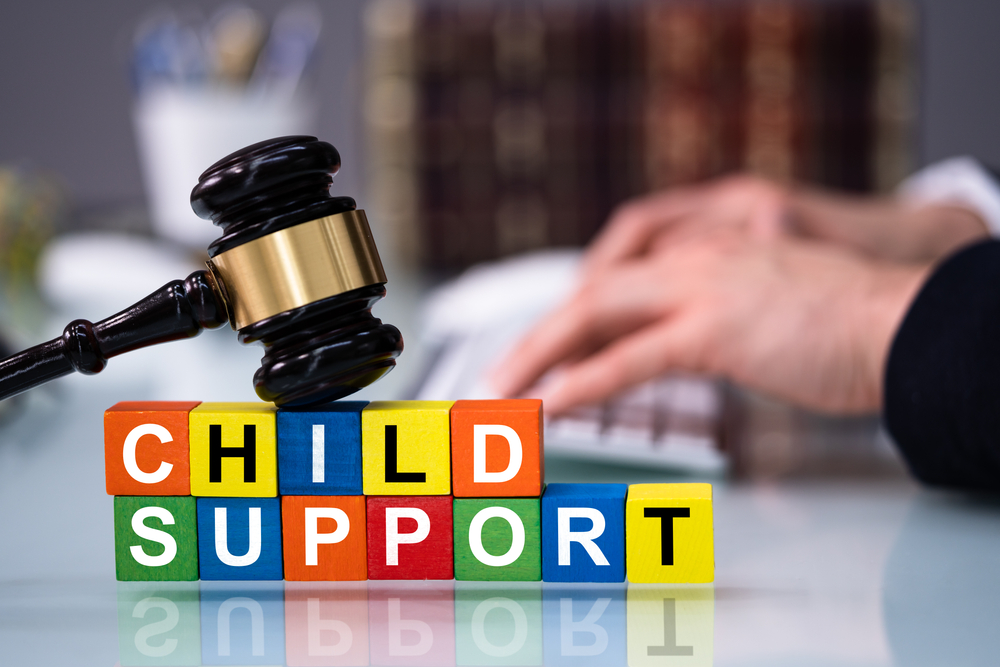Safeguarding the well-being of children is paramount in any family law case, particularly when it involves determining parental fitness. Defining what constitutes unfit parenting and documenting evidence are crucial steps in protecting children from potentially harmful situations. By understanding the nuances of these concepts and harnessing the power of documentation, families can navigate legal challenges with clarity and purpose.

What is Unfit Parenting?
Defining what constitutes an unfit parent is a complex and sensitive issue that family courts take very seriously. Generally, an unfit parent is someone who fails to provide a safe, stable, and nurturing environment for their child. This can manifest in various ways, including neglect, abuse (physical, emotional, or sexual), substance abuse issues, mental health concerns, lack of parental supervision, or a history of domestic violence. Courts consider the best interests of the child when determining parental fitness, prioritizing the child’s safety and well-being above all else.
Here are the factors that are taken into account when determining unfit parenting:
- History of domestic violence or abuse.
- Substance abuse or misuse.
- Failure to understand or respond to the child’s needs.
- Low involvement and absence.
- Lack of social function and interactions.
- Inability to co-parent.
- A negative relationship with the child.
- Mental or psychiatric illness.
- Lack of age-appropriate decisions.
Related: “Understanding Domestic Violence: Types and Implications in California”

The Importance of Documenting Evidence
When navigating a family court case involving allegations of unfit parenting, documenting evidence is crucial to presenting a strong case. Start by keeping a detailed journal of specific incidents or behaviors that raise concerns about the other parent’s ability to provide a safe and nurturing environment for the child. Note dates, times, and descriptions of any relevant events, such as instances of neglect, substance abuse, or domestic violence. This written record can serve as a powerful tool in illustrating patterns of behavior that may be harmful to the child.
In addition to written documentation, gather any physical evidence that supports your claims of unfit parenting. This could include photographs of unsafe living conditions, medical records related to injuries or neglect, or text messages and emails that demonstrate concerning behavior. Make sure to keep this evidence organized and in a secure location, as it may be crucial in building your case in family court.
Lastly, consider obtaining witness statements from individuals who have observed the other parent’s behavior firsthand. Teachers, neighbors, family members, or mental health professionals may be able to provide valuable insight into the parent-child relationship and any concerning behaviors they have witnessed. These testimonies can add credibility to your case and offer additional perspectives on the parent’s fitness. By documenting evidence thoroughly and thoughtfully, you can better equip yourself to navigate the complexities of family court and advocate for your child’s well-being.
Related: “Can a Child Choose Custody?”
Consult With Us
At Family Law Richard E. Young & Associates in Lake Forest, CA, we are dedicated to helping families navigate complex legal matters with compassion and expertise. If you are facing challenges related to unfit parenting or child custody issues, we are here to support you. Contact us at (949) 951-9529 or visit our website at richardeyoungattorney.net to learn more about how we can assist you in safeguarding your children’s best interests and securing their future. Let us work together to protect what matters most—your family.







